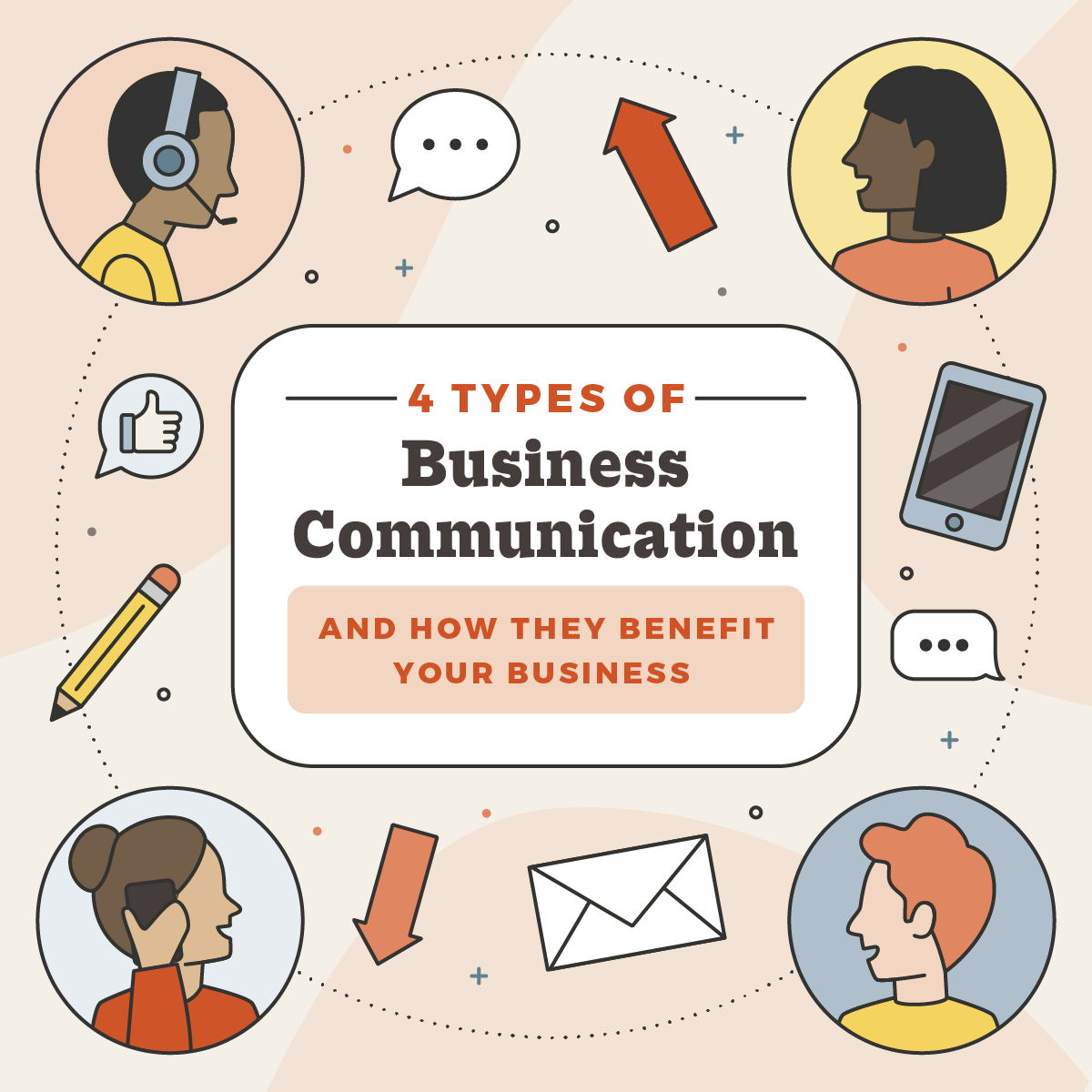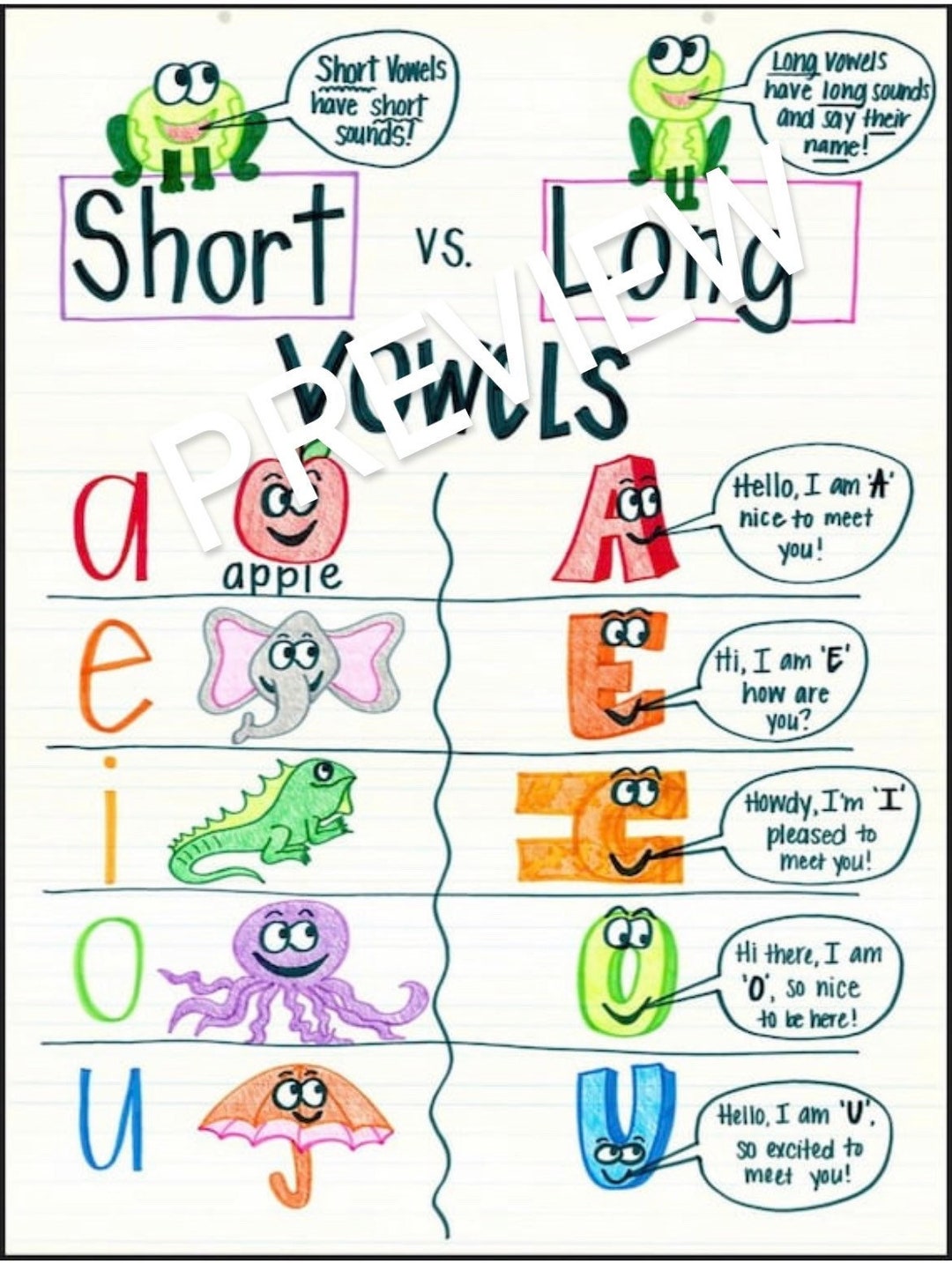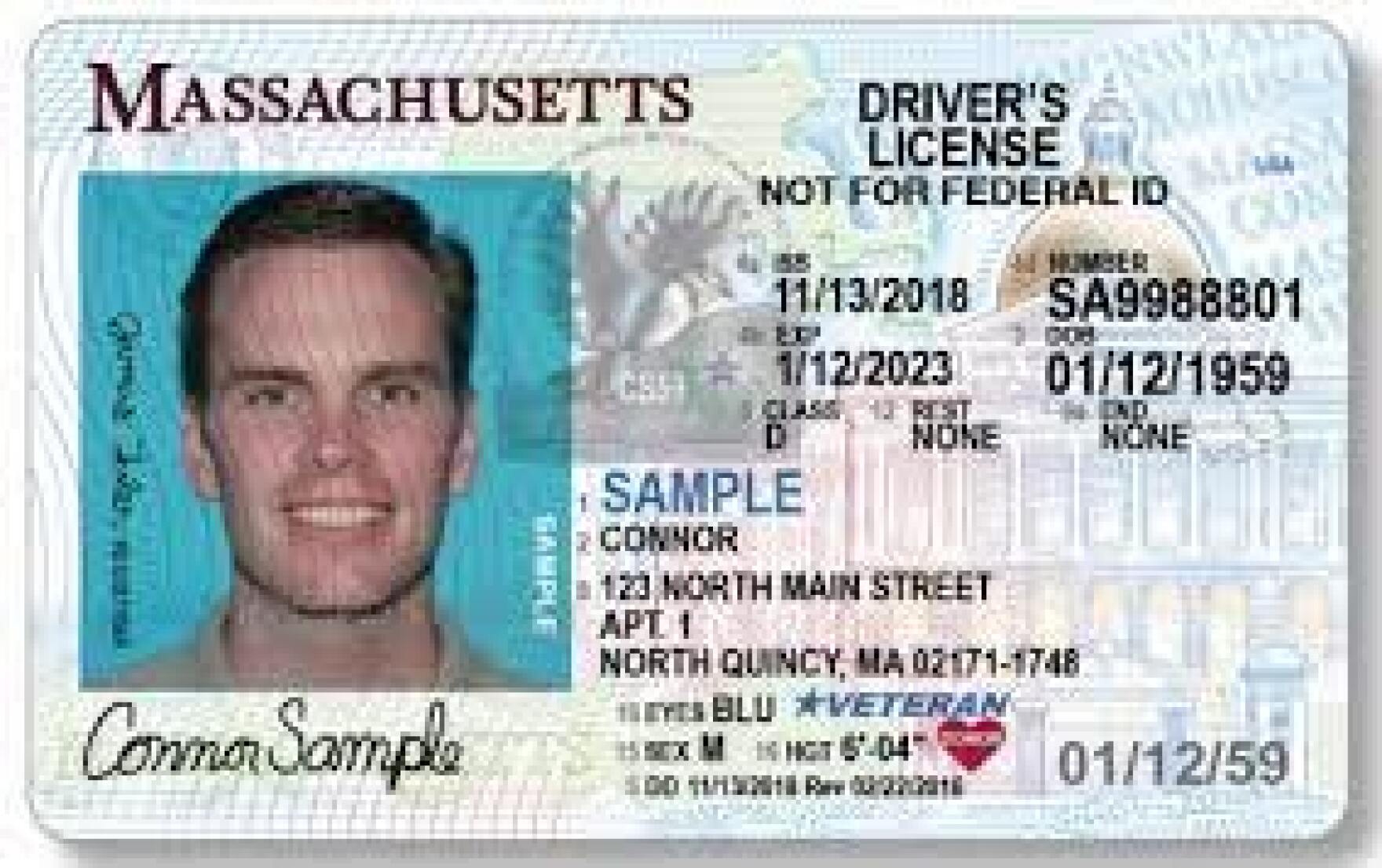Business Technology Management vs. Technology Business Management: Frameworks to Run IT Like a Business
Overview
Leaders often ask two related questions: What is Business Technology Management and what is Technology Business Management? Both aim to align technology with business value, but they do so from different angles. Technology Business Management (TBM) is a standardized framework to categorize, analyze, and communicate the cost, quality, and value of technology investments for better decisions. Business Technology Management (BTM) is a broader management concept that unifies business and technology decision-making across governance, investment, and architecture to extract value from digital capabilities. Together, they help organizations run IT like a business and connect spend to outcomes such as innovation, resilience, and customer experience [1] [2] [3] [4] .
What is Technology Business Management (TBM)?
TBM is an IT management framework with a standard taxonomy for spend and services. It provides a common language to categorize costs and resources, enabling CIOs and CFOs to see where money goes, benchmark, and reallocate to higher-value work. Public-sector guidance emphasizes TBM’s role in disaggregating IT costs to identify duplication, improve acquisitions, and connect technology to mission outcomes. In practice, TBM improves transparency, speeds decisions, and aligns technology, finance, and business leaders around measurable value [1] [2] [3] .
Key characteristics include:
- A standard spend taxonomy to consistently classify applications, services, and resources for cost analysis and showbacks/chargebacks [1] .
- A value framework that links investments to outcomes such as innovation and efficiency, creating a common language between technology and finance leaders [2] .
- Tooling and practices to model total cost, quality, and utilization across environments, including cloud, and support data-driven optimization decisions [3] .
Example
A global enterprise disaggregates data center and cloud spend using the TBM taxonomy, revealing duplicate backup services across regions. By consolidating contracts and optimizing usage, the firm reduces run costs and funds a customer analytics initiative. Agencies similarly use TBM to benchmark and rationalize portfolios to improve mission delivery [1] .

Source: vakilsearch.com
How to Implement TBM (Step-by-Step)
- Establish sponsorship and scope: Identify executive sponsors (CIO, CFO) and define initial towers (e.g., infrastructure, applications) for analysis [2] .
- Adopt the taxonomy: Map general ledger accounts, contracts, and asset data to standard TBM categories to normalize costs across teams and vendors [1] .
- Integrate data: Connect finance, IT asset, CMDB, and cloud billing data into a single cost model for showback and decision support [3] .
- Publish insights: Create dashboards for unit cost, utilization, and service TCO to enable conversations with product owners and business units [2] .
- Reinvest savings: Use the transparency to eliminate duplication, rightsize resources, and reallocate budget to strategic outcomes [1] .
Common Challenges and Solutions
- Data quality and mapping complexity: Start with a narrow scope and iterate; institute data ownership and reconciliation cadences [3] .
- Cultural resistance: Use the common language and value framing to focus on outcomes versus cost cutting; engage finance early [2] .
- Cloud cost volatility: Pair TBM with cloud financial operations practices to manage variable spend while maintaining enterprise taxonomy alignment [3] .
What is Business Technology Management (BTM)?
BTM is a management concept that unifies business and technology strategy, governance, investment, and architecture so decisions deliver the maximum business value. It covers capabilities such as governance and organization, strategic investment management, strategy and planning, and enterprise architecture. Maturity models describe progression from ad-hoc processes to integrated, value-driven decision-making across the enterprise [4] .
Core capability areas include:
- Governance and organization: Ensures decisions meet business needs while managing risk and regulatory requirements across the enterprise [4] .
- Strategic investment management: Aligns resources to priorities, manages demand, and optimizes the portfolio for value realization [5] .
- Strategy and planning: Sets direction, standards, sourcing strategies, and budget frameworks that connect technology roadmaps to business goals [5] .
- Enterprise architecture: Aligns technology and business architecture, rationalizes assets, and promotes standardization for scalability and agility [5] .
Example
A diversified manufacturer establishes a BTM governance council that pairs product line leaders with technology leaders to co-own roadmaps. The council uses capability-based planning and portfolio reviews to fund automation and retire legacy systems, improving time-to-market while controlling risk [4] .
How to Implement BTM (Step-by-Step)
- Define governance structures: Create cross-functional forums with clear decision rights and escalation paths to align priorities and manage risk [4] .
- Set strategy and roadmaps: Translate enterprise goals into technology-enabled capabilities and multi-year investment themes with measurable outcomes [5] .
- Build the portfolio: Prioritize initiatives using value, risk, and dependency criteria; balance run, grow, and transform investments [5] .
- Architect for value: Establish standards and patterns that reduce duplication and enable reuse; rationalize applications using business capability maps [5] .
- Measure and adjust: Use KPIs for value delivery, risk, and customer experience; run quarterly reviews to reallocate and sunset low-value work [4] .
Common Challenges and Solutions
- Diffused accountability: Clarify decision rights and roles in charters; align incentives to shared outcomes [4] .
- Legacy complexity: Use enterprise architecture rationalization and phased modernization to minimize disruption while improving capability fitness [5] .
- Prioritization gridlock: Adopt a transparent, criteria-based portfolio process to balance near-term returns with strategic bets [5] .
TBM vs. BTM: How They Fit Together
TBM provides the common language, taxonomy, and cost/value analytics to make financially sound decisions; BTM provides the broader operating model-governance, strategy, portfolio, and architecture-to ensure those decisions drive enterprise outcomes. In many organizations, TBM data feeds BTM governance to align investments to strategy and measure realized value over time [1] [2] [4] .
Getting Started: Practical Playbook
- Frame the outcomes: Specify the top three outcomes you aim to improve (e.g., cost-to-serve, feature throughput, reliability). Tie each to measurable KPIs and executive sponsors [2] .
- Stand up TBM analytics: Map 1-2 spend towers, publish unit costs and utilization for a handful of services, and create a showback to inform QBRs [1] .
- Launch BTM governance: Establish a portfolio council that includes finance and product leaders; use TBM data to prioritize and fund initiatives [4] .
- Iterate with pilots: Run a cloud cost optimization pilot and an app rationalization pilot; reinvest verified savings into a strategic customer capability [3] .
- Institutionalize and scale: Document decision rights, update architectural standards, and expand taxonomy coverage to additional domains as data quality improves [1] .
When to Use Each Approach
If your immediate pain is lack of cost transparency and variable cloud spend, start with TBM to establish a consistent taxonomy and unit economics. If the bigger challenge is fragmented priorities and misaligned roadmaps, start with BTM to fix governance and strategy, then bring in TBM to quantify decisions. Most enterprises will benefit from doing both in tandem-BTM sets direction and guardrails; TBM supplies the data and economics to execute [1] [2] [4] .
How to Access Guidance and Communities
You may find practitioner guidance and communities through established organizations. For standardized TBM definitions, you can consult the public-sector policy resources describing the taxonomy and its use for cost transparency. For broader business-technology alignment practices, industry architecture communities publish concepts and case studies on governance, capability planning, and enterprise architecture. If you prefer not to use links, search for the exact program and organization names cited in the references section below to locate official portals and current materials [1] [2] [4] .
Key Takeaways
- Use TBM for a common cost and value language; use BTM to govern and steer enterprise-wide decisions.
- Start small, integrate high-value data sources, and publish actionable dashboards to build trust.
- Anchor decisions in measurable outcomes and reinvest verified savings into strategic capabilities.
References
[1] U.S. CIO (n.d.). Technology Business Management overview and taxonomy in federal context.
[2] TBM Council (2025). What is TBM? Value framework and leadership alignment.
[3] Apptio (2025). Technology Business Management explained and evolution with cloud.

Source: roughdraftreza.com
[4] The Open Group (2011). Business Technology Management concepts, capabilities, and maturity.
MORE FROM yourscholarshiptoday.com













